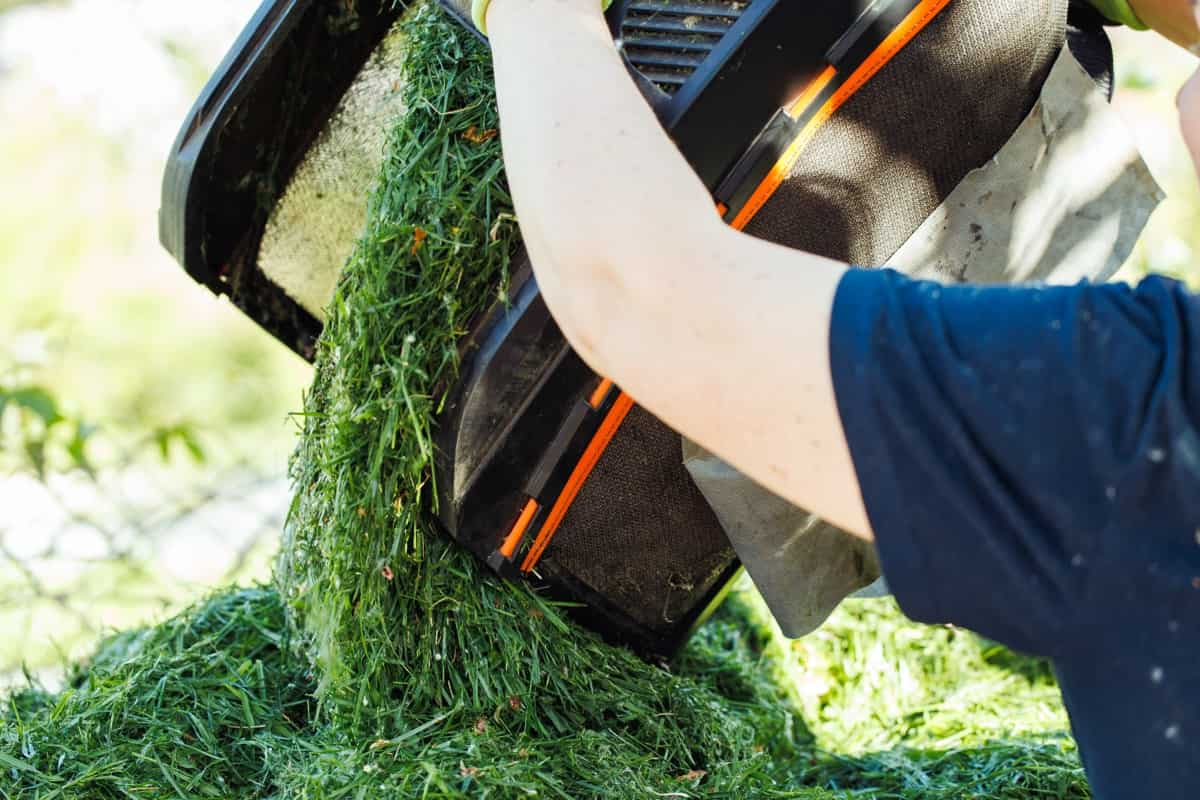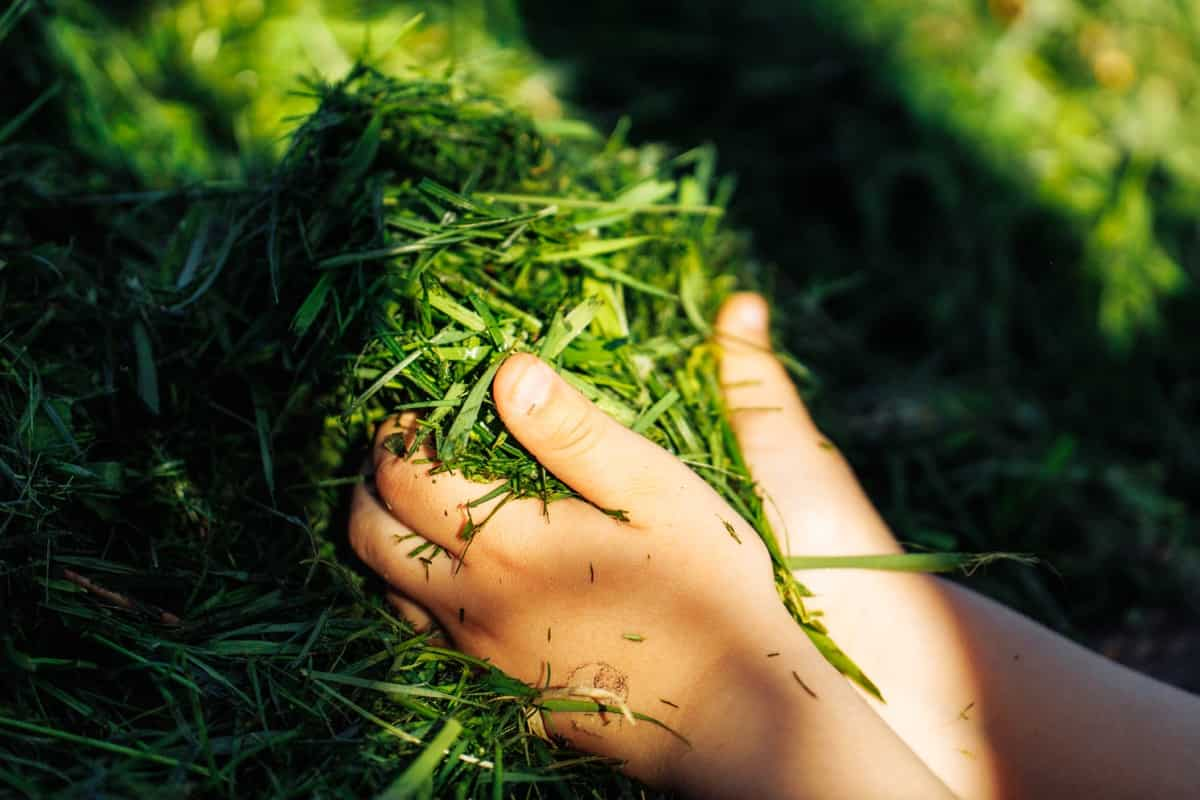Green manure soil fertilizer is a natural and organic way to enrich your garden soil. It’s easy to make at home, using simple ingredients you may already have. It can be anything from freshly cut grass clippings and plant trimmings to cover crops like clover or alfalfa. Essentially, any plant matter rich in nutrients added directly to the soil can be considered green manure.

Homemade DIY Green Manure Soil Fertilizer
What is Green Manure?
Green manure refers to the use of undecomposed organic material as a form of fertilizer. Instead of relying on synthetic chemicals, green manure takes advantage of nature’s resources.
What Are the Ingredients Needed to Make Green Manure?
- Firstly, you’ll want to choose the right cover crop for your garden’s needs. Popular options include legumes like clover or alfalfa, which help fix nitrogen in the soil. Other choices include grasses like rye or oats, which provide organic matter and help with weed suppression.
- Next, you’ll need seeds for your chosen cover crop. Select high-quality seeds from a reputable source to ensure optimal germination and growth.
- In addition, to cover crops, adding some additional organic material can enhance the effectiveness of your green manure. This can include things like compost or well-rotted manure.
- By combining these simple ingredients like cover crops, seeds, organic material, and proper hydration – you’ll be on your way to creating homemade green manure that will give your garden a natural boost of nutrients.
How to Prepare Green Manure?
- Firstly, choose the type of green manure crop that suits your soil and climate conditions. Popular options include legumes like clover or vetch and grasses like rye or oats.
- Next, prepare the area where you plan to sow the green manure by removing any weeds or debris. Loosen the soil using a garden fork or tiller to create a fine seed bed.
- Now it’s time to sow the seeds. Scatter them evenly over the prepared soil and lightly rake them, ensuring good seed-to-soil contact. Water thoroughly after sowing to encourage germination.
- Once your green manure has grown sufficiently – usually around 8 weeks – it’s time to incorporate it into the soil. Cut down the ground-level plants, dig them into the soil, or leave them on top for surface decomposition.
How Does Green Manure Work?
- Green manure is a powerful tool in improving soil fertility and structure. When green manure crops are grown, they absorb nutrients from the soil, especially nitrogen. By soaking up excess nitrogen, green manure prevents it from leaching into groundwater or being washed away by rain.
- Once the green manure crop matures, it can be incorporated into the soil. This is where its true potential shines through. As the plant material breaks down, it releases valuable nutrients into the soil profile.
- The decomposition process also enhances microbial activity in the soil, promoting overall health and vitality.
- Moreover, green manures contribute to better water retention in the soil. Their extensive root systems create channels for water infiltration and improve overall drainage capacity.
In case you missed it: Homemade DIY Alfalfa Meal Soil Fertilizer: Recipe for Natural and Organic Benefits of Plants

What Pests and Diseases Can Green Manure Control?
Green manure enriches the soil and can also help control pests and diseases in your garden. Growing specific green manure crops can naturally suppress weeds, deter harmful insects, and even reduce the risk of certain plant diseases. One example of a green manure crop that helps with pest control is marigold. Marigolds emit a strong fragrance that repels common garden pests like aphids and nematodes.
Planting marigolds as a cover crop or intercropping them with your main crops can create a natural barrier against these unwanted visitors. Another effective green manure option for pest management is mustard greens. Mustard greens contain compounds called glucosinolates which have been shown to act as natural biofumigants. When incorporated into the soil, mustard greens release chemicals that help control nematodes, fungi, and other soil-borne pathogens.
Additionally, legume green manures such as clover or vetch can attract beneficial insects, which feed on harmful pests like aphids and caterpillars. Incorporating these pest-controlling green manures into your gardening practices can reduce the need for chemical pesticides while promoting a healthy ecosystem in your garden.
Best Time to Apply and How Much Green Manure Should You Use for Your Garden Plants
- In terms of timing, late summer or autumn is the ideal period to sow green manure. So allows the plants to grow and absorb nutrients throughout the mild seasons. This prevents valuable nutrients from being washed away by winter rain, ensuring they remain in your soil.
- When spring arrives, it’s time to dig in the green manure. Those nutrient-rich plants release essential nutrients into the soil. This helps replenish vital elements that your garden plants need for healthy growth.
How Long Does It Take for Green Manure to Work for Your Plants?
Generally, it would help if you allowed at least 8 weeks for the green manure to grow and another 6 weeks for it to decompose. During those first 8 weeks, the green manure crops will be busy growing and establishing themselves in your garden. They will soak up valuable nutrients from the soil and improve its structure.
Benefits of Plants of Using Green Manure in the Home Garden
One of the biggest advantages of green manure is that it helps improve soil fertility naturally and organically. Green manure plants, such as clover or alfalfa, have deep root systems that help break up compacted soil and increase its ability to retain moisture. This allows for better nutrient absorption by your garden plants. Another benefit is weed suppression. By planting green manure crops, you can smother weeds and reduce competition for nutrients and sunlight with your desired plants.
Furthermore, when green manure decomposes, it releases valuable nutrients into the soil, enriching it for future plant growth. It helps increase organic matter content, enhancing soil structure and water-holding capacity. Another benefit of using green manure fertilizer is its contribution to nitrogen fixation.
Certain legume crops like clover and vetch have specialized bacteria in their root nodules that convert atmospheric nitrogen into an accessible form for plants. Furthermore, green manures offer erosion control by protecting bare soils from wind and rain erosion during fallow periods or harsh weather conditions. By covering the ground with vegetation, they also prevent nutrients from leaching away due to heavy rainfall.
How to Store Green Manure?
- When the green manure crop has reached its peak growth, cut it down with a sharp knife or scythe. Aim to harvest when the plants have flowered but before they set seed.
- Spread the harvested plants out in a single layer on a clean surface, such as a tarp or sheet, and allow them to dry completely. This can take several days, depending on the weather conditions.
- Once dried, gather the plant material into small bundles and tie them securely with twine or rubber bands. Make sure the bundles are compact and not too bulky for easier storage.
- Store the bundled green manure in breathable containers such as paper bags. Avoid using plastic bags because they can trap moisture and promote mold growth.
- Find a cool and dry location for storing your green manure bundles, such as a shed or garage with good ventilation. Keep them away from direct sunlight to prevent further decomposition.
In case you missed it: Homemade DIY Nettle Tea Soil Fertilizer: Recipe for Natural and Organic Benefits of Plants

Green Manure Examples
Legumes, such as beans, alfalfa, clover, and lupines, have root systems rich in rhizobium, often making them the preferred source of green manure examples.
Safety Precautions When Using Green Manure
- Wear gloves to protect your skin from allergens when handling green manure.
- Follow the recommended application rates for your specific plant types. Applying too much green manure can lead to nutrient imbalances or even damage the roots of your plants.
- It is crucial to avoid contact with your eyes and mouth when working with green manure.
- After handling green manure, wash your hands thoroughly with soap and water before touching other objects or surfaces.
- Store unused green manure in a cool, dry place away from children and pets. Label containers clearly to avoid confusion.
Conclusion
Green manure is any organic material left to decompose in the soil, providing nutrients and energy to plants while helping to improve soil health. Green manure also enhances biodiversity in your garden ecosystem by attracting beneficial insects like bees and butterflies. These pollinators play a crucial role in plant reproduction and increasing yield.
- Feed Your Flock for Less: Top 10 Tips to Save on Chicken Feed
- Ultimate Guide to Ossabaw Island Hog: Breeding, Raising, Diet, and Care
- Hatching Answers: The Top 10 Reasons Your Chickens Aren’t Laying Eggs
- Eggs and Economics: Breaking Down the Cost of Raising Backyard Chickens
- Defend Your Greens: Proven Methods to Keep Iguanas Out of Your Garden
- Ultimate Guide to Cinnamon Queen Chicken: A Comprehensive Guide for Beginners
- Ultimate Guide to California Tan Chicken: Breeding, Raising, Diet, Egg-Production and Care
- Ultimate Guide to Marsh Daisy Chicken: Breeding, Raising, Diet, and Care
- 10 Types of Chicken Farming Businesses You Can Start for Profits